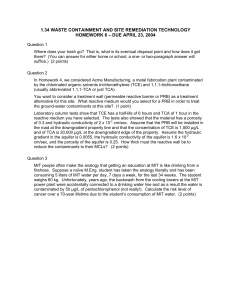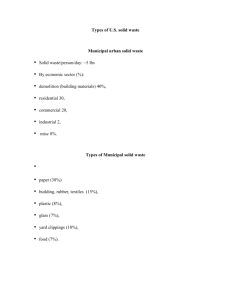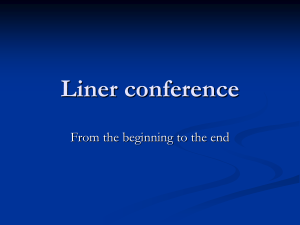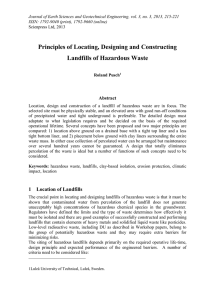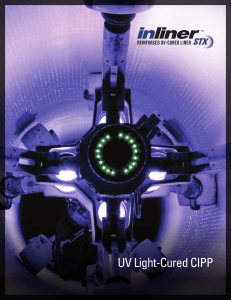Principles of Locating, Designing and Constructing Landfills of Hazardous Waste
advertisement
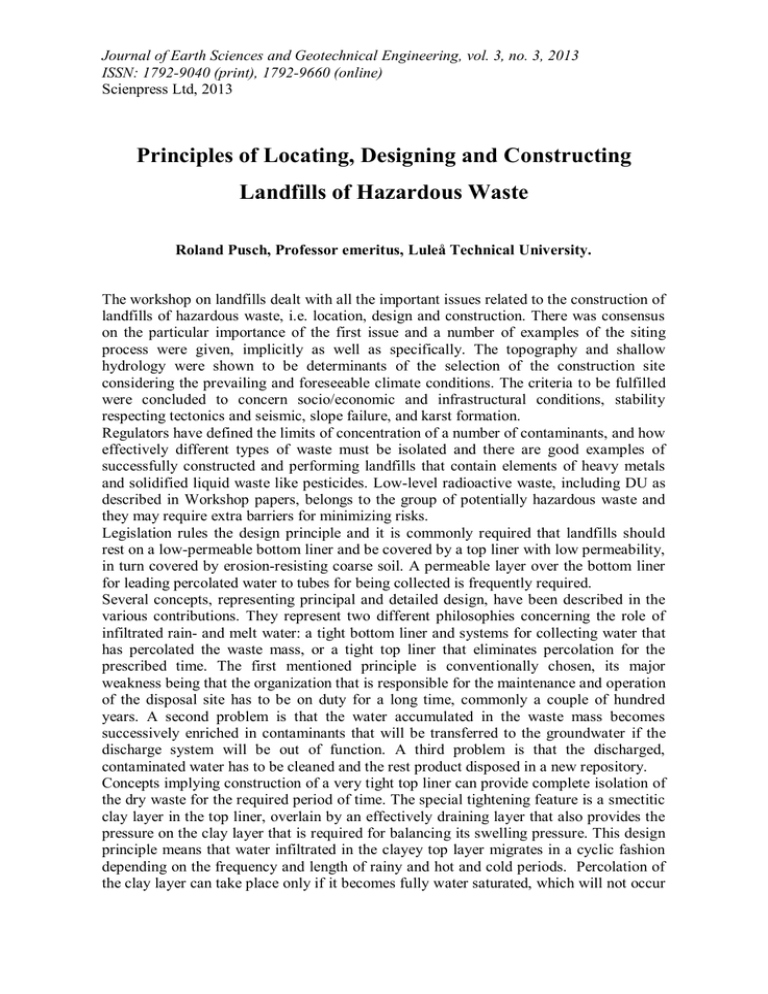
Journal of Earth Sciences and Geotechnical Engineering, vol. 3, no. 3, 2013 ISSN: 1792-9040 (print), 1792-9660 (online) Scienpress Ltd, 2013 Principles of Locating, Designing and Constructing Landfills of Hazardous Waste Roland Pusch, Professor emeritus, Luleå Technical University. The workshop on landfills dealt with all the important issues related to the construction of landfills of hazardous waste, i.e. location, design and construction. There was consensus on the particular importance of the first issue and a number of examples of the siting process were given, implicitly as well as specifically. The topography and shallow hydrology were shown to be determinants of the selection of the construction site considering the prevailing and foreseeable climate conditions. The criteria to be fulfilled were concluded to concern socio/economic and infrastructural conditions, stability respecting tectonics and seismic, slope failure, and karst formation. Regulators have defined the limits of concentration of a number of contaminants, and how effectively different types of waste must be isolated and there are good examples of successfully constructed and performing landfills that contain elements of heavy metals and solidified liquid waste like pesticides. Low-level radioactive waste, including DU as described in Workshop papers, belongs to the group of potentially hazardous waste and they may require extra barriers for minimizing risks. Legislation rules the design principle and it is commonly required that landfills should rest on a low-permeable bottom liner and be covered by a top liner with low permeability, in turn covered by erosion-resisting coarse soil. A permeable layer over the bottom liner for leading percolated water to tubes for being collected is frequently required. Several concepts, representing principal and detailed design, have been described in the various contributions. They represent two different philosophies concerning the role of infiltrated rain- and melt water: a tight bottom liner and systems for collecting water that has percolated the waste mass, or a tight top liner that eliminates percolation for the prescribed time. The first mentioned principle is conventionally chosen, its major weakness being that the organization that is responsible for the maintenance and operation of the disposal site has to be on duty for a long time, commonly a couple of hundred years. A second problem is that the water accumulated in the waste mass becomes successively enriched in contaminants that will be transferred to the groundwater if the discharge system will be out of function. A third problem is that the discharged, contaminated water has to be cleaned and the rest product disposed in a new repository. Concepts implying construction of a very tight top liner can provide complete isolation of the dry waste for the required period of time. The special tightening feature is a smectitic clay layer in the top liner, overlain by an effectively draining layer that also provides the pressure on the clay layer that is required for balancing its swelling pressure. This design principle means that water infiltrated in the clayey top layer migrates in a cyclic fashion depending on the frequency and length of rainy and hot and cold periods. Percolation of the clay layer can take place only if it becomes fully water saturated, which will not occur even in thousands of years provided that the layer will not freeze or eroded. No tight bottom liner is included in the concept. In selecting a design principle one has to consider the long-term performance of the various components. For bottom liners contacting smectitic clays the type and concentration of cations and the pH of the percolate determine the risk of conversion of the smectite particles to non-expandable minerals and hence loss of sealing potential. Such degradation will not take place in suitably composed and constructed top liners. Gas production in the waste mass by interaction with water can occur in landfills with bottom liners as major waste-isolating components. The gas will exert pressure and can cause heave of the top cover and piping and erosion of the one at the bottom. This will not take place in landfills with tight top liners since gas is not expected to be formed in the dry waste mass. This all speaks in favour of selecting a landfill design with a top liner being as tight as possible and a less tight bottom liner, the principle being that water is kept out of the waste causing minimum contamination of the groundwater. However, climatic conditions can create difficulties with the tightness and the key questions in this respect are: 1. Can one predict with certainty how daily, weekly, and yearly migration of infiltrated water takes place in a top clay liner with respect to cyclic variations in temperature? 2. Can desiccation create permanent fractures in a top liner? 3. Can chemical changes induced by precipitation of air-born salt or interaction of nonexpanding components reduce the self-sealing capacity of the smectite component? 4. What are the criteria for long-term stability of sloping clay liners considering the influence of desiccation/wetting and creep processes? All these issues are still under consideration as illustrated by the written contributions to the Workshop and require laboratory testing under controlled conditions and field experiments for creating a basis for working out valid theoretical models of the various processes. This is in fact a difficult matter since it raises the question of if and how instrumentation shall be installed and how it can affect the processes that are supposed to be recorded. Luleå, Sweden, 2012 Roland Pusch Professor Roland Pusch Part of the organizing committee. From left: Prof. Sven Knutsson, Prof Nadhir Al-Ansari and Prof. Roland Pusch From left Prof Sven Knutsson, Prof Roland Pusch, Dr Hussain Alameri (Iraqi Ambassador, Stockholm) and Dr Qussay Alsuhail (Vice President, Iraqi Parliament).




